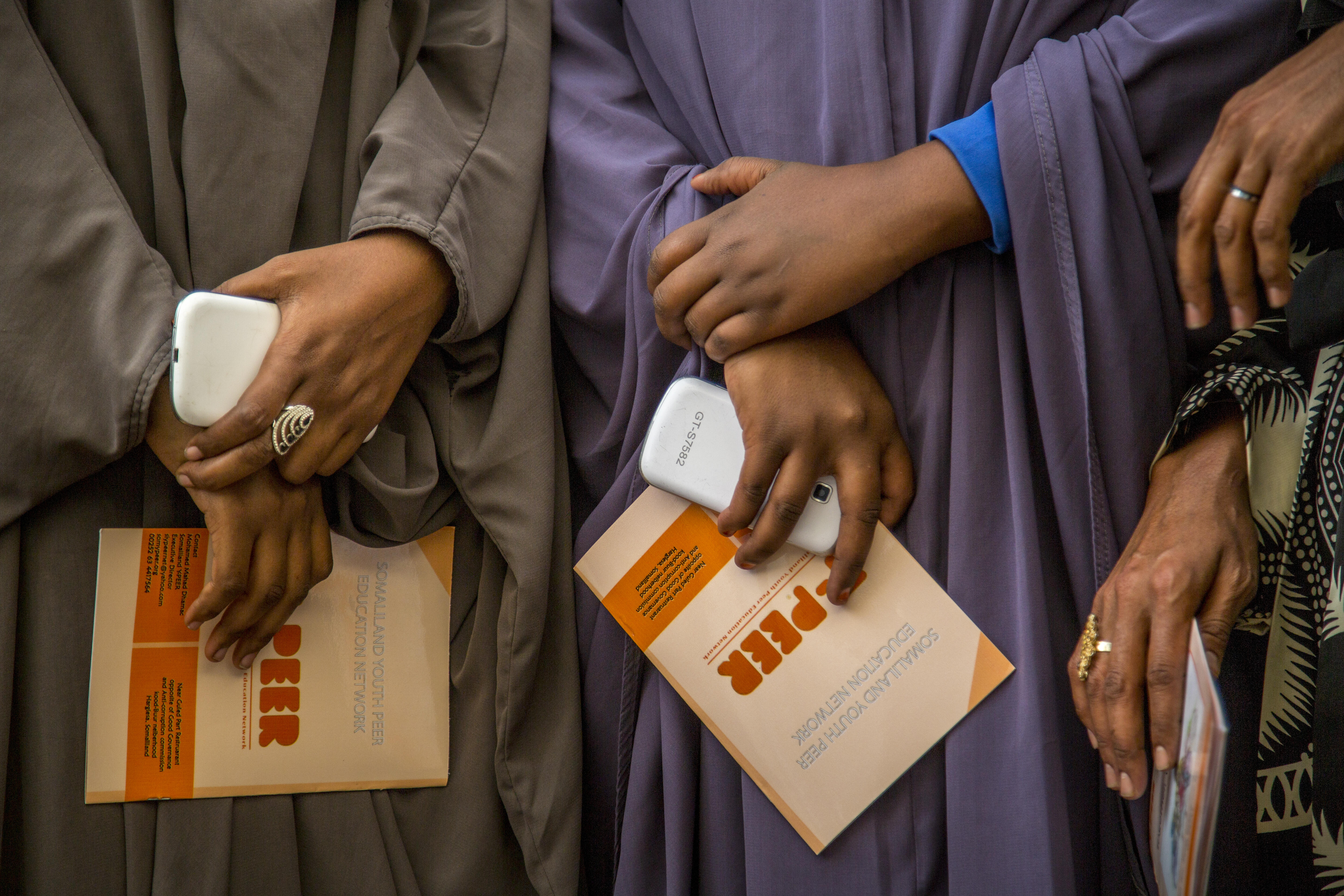By now, it is not a secret that FGM is a harmful practice. There is no shortage of medical evidence to prove so, and many religious leaders spoke against its religious reasoning. In this series, we aim to discuss different aspects relating to the matter, and we will start by its definition, types, and reasoning.
What is FGM?
Female genital mutilation (FGM) includes all procedures that involve the partial or total removal of external genitalia or other injury to the female genital organs (such as stitching of the labia majora or pricking of the clitoris) for non-medical reasons.
Types of FGM:
The World Health Organization identified four different types of female genital mutilation.
Type 1:
Partial or total removal of the clitoral glans (clitoridectomy) and/or the prepuce
Type 1a: removal of the prepuce/clitoral hood (circumcision)
Type 1b: removal of the clitoral glans with the prepuce (clitoriectomy)
Type 2:
Partial or total removal of the clitoral glans and the labia minora, with or without excision of the labia majora (excision)
Type 2a: removal of the labia minora only
Type 2b: Partial or total removal of the clitoral glans and the labia minora
Type 2c: Partial or total removal of the clitoral glans, the labia minora and the labia majora.
Type 3:
Narrowing of the vaginal opening with the creation of a covering seal by cutting and appositioning the labia minora or labia majora with or without excision of the clitoral prepuce and glans.
Type 3a: appositioning of the labia minora
Type 3b: Appositioning of the labia majora
Type 4
All other harmful procedures to the female genitalia for non-medical purposes, for example pricking, piercing, incising, scraping, and cauterization.
Why do communities practice FGM?
A traditional practitioner argued that an uncircumcised girl or woman “will start chasing men because of her uncontrollable sexual urge, excessive sexual desire, she will be very vulnerable, she has no security and [will] subsequently [be] disgraced. Circumcised girls will not go for another man...” (FGD Traditional circumciser).
The following are the most used reasons:
- Respect for tradition
- Rite of Passage
- Social Convention
- Enhance fertility
- Marriageability
- Ensure Virginity, Chastity, and Faithfulness
- Cleanliness and beauty
- Femininity
- Religion
The practice in all its forms originated as a mean of controlling females’ sexual desires. In many cultures, supporters of FGM believe that an uncut woman will not be able to curb her desires and dishonor the family. Other cultures consider an uncut woman unworthy of marriage. Those who cut their girls view it as a mean of protection; they believe that cutting protects her chastity and virginity.
Communities where the practice continues to thrive view FGM as a rite of passage. The survivors and their families celebrate it, because they simply do not comprehend the complexity of its lasting traumatic impact.
At UNFPA, we are working to bring an end to the practice and all forms of gender based violence by providing educational workshops to the survivors and their families. We also work with health services providers, civil society organizations, and other stakeholders to combat the practice at all levels.
In 2020, the UN and its agencies will focus on mobilizing youth around the eliminations of harmful practices, including female genital mutilation under the theme: "Unleashing Youth Power: One decade of accelerating actions for zero female genital." Reaching zero female genital mutilation is one of the three zeros we aim to reach by 2030.
Next in this series, we will discuss how we can eliminate the harmful practice, FGM. Please follow the conversation!


